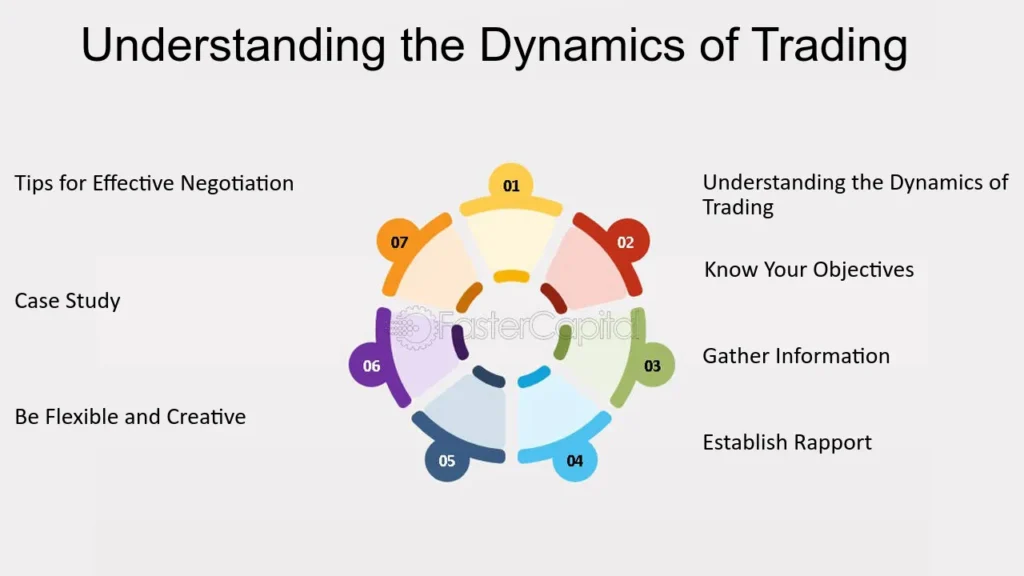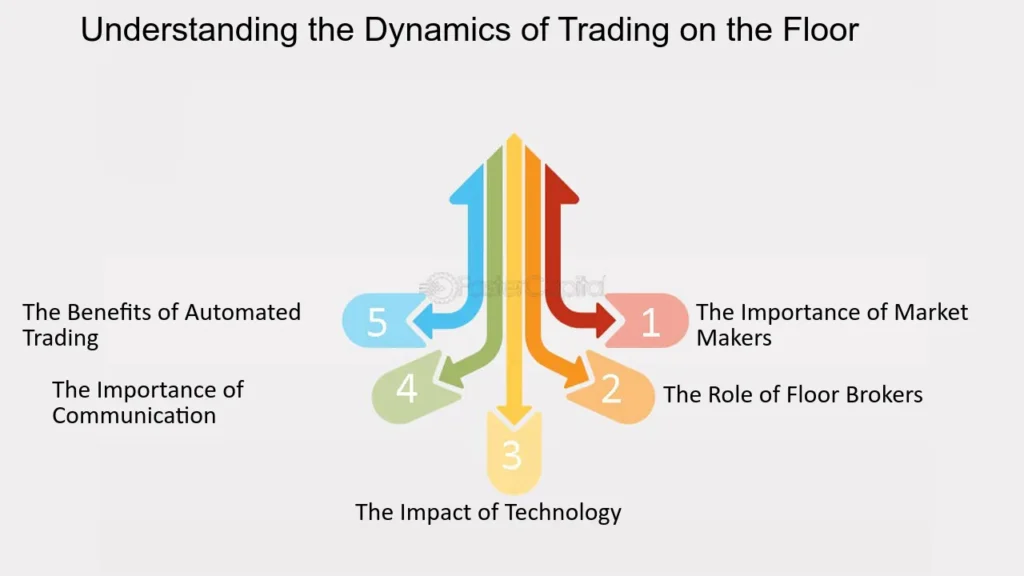THE DYNAMICS OF TRADING

Understanding the Dynamics of Trading
Trading is a popular practice in the financial world that involves buying and selling financial instruments such as stocks, currencies, commodities, and derivatives. It allows individuals and institutions to profit from price fluctuations in these assets.
Successful trading requires a deep understanding of market dynamics, economic indicators, and technical analysis. Traders use various strategies and tools to analyze trends, identify entry and exit points, and manage risks.
The Importance of Risk Management

One crucial aspect of trading is risk management. Traders must develop a solid risk management plan to protect their capital from significant losses. This involves setting stop-loss orders, diversifying their portfolio, and using proper position sizing techniques.
By limiting potential losses, traders can ensure their survival in the market and have the opportunity to make consistent profits over time.
The Role of Emotional Control
Successful traders follow a disciplined approach and stick to their trading plans, even during periods of market volatility. They understand that trading is a long-term endeavor and strive to make rational decisions based on sound analysis rather than impulsive reactions.
The Evolution of Trading Technology
Over the years, trading has evolved significantly due to advancements in technology. The introduction of electronic trading platforms and high-frequency trading algorithms has revolutionized the way trades are executed.
These technological advancements have made trading faster, more efficient, and accessible to a broader audience. Traders can now execute trades in real-time, access a vast range of financial instruments, and benefit from sophisticated trading tools and analytics.
The Future of Trading
The future of trading looks promising as technology continues to advance. Artificial intelligence, machine learning, and blockchain technology are expected to further transform the trading landscape.
These innovations have the potential to automate trading processes, enhance decision-making capabilities, and increase transparency in the financial markets. Traders will need to adapt to these changes and stay updated with the latest trends to remain successful in an ever-evolving trading environment.
Dynamics of Trading: Navigating the Ebb and Flow of Financial Markets

Trading, a dynamic endeavor fueled by market fluctuations, requires a nuanced understanding of its ever-changing landscape. Whether you are a novice navigating your first trades or a seasoned trader adapting to shifting market dynamics, the art of trading demands continuous learning and adaptability.
At its core, trading is a dance with uncertainty, a delicate interplay between risk and reward. Successful traders comprehend the inherent dynamics that shape financial markets. Let's delve into key aspects that define the dynamics of trading.
1. Market Volatility: Markets are inherently volatile, influenced by a myriad of factors ranging from economic indicators to geopolitical events. Understanding volatility is crucial; it can present opportunities for profit but also magnify risks. Astute traders learn to navigate this ebb and flow, adjusting strategies to suit prevailing market conditions.
2. Risk Management: The dynamics of trading underscore the importance of effective risk management. Traders must balance the pursuit of profit with the preservation of capital. Implementing risk management strategies, such as setting stop-loss orders and diversifying portfolios, is fundamental to long-term success.
3. Psychological Factors: The human psyche plays a significant role in trading dynamics. Emotions like greed and fear can drive decision-making. Successful traders develop emotional intelligence, maintaining discipline and objectivity even in the face of market turbulence.
4. Technological Advancements: Advancements in technology have transformed the dynamics of trading. High-frequency trading, algorithmic trading, and the use of artificial intelligence have become integral parts of the trading landscape. Traders need to adapt to these technological shifts to stay competitive.
5. Globalization and 24/7 Markets: In an interconnected world, financial markets operate around the clock. Globalization has amplified the dynamics of trading, making it imperative for traders to stay informed about international events and their potential impact on markets.
Conclusion
Trading is a complex and dynamic practice that requires knowledge, discipline, and adaptability. By understanding the importance of risk management, emotional control, and staying updated with technological advancements, traders can improve their chances of success in the financial markets.

Leave a Reply